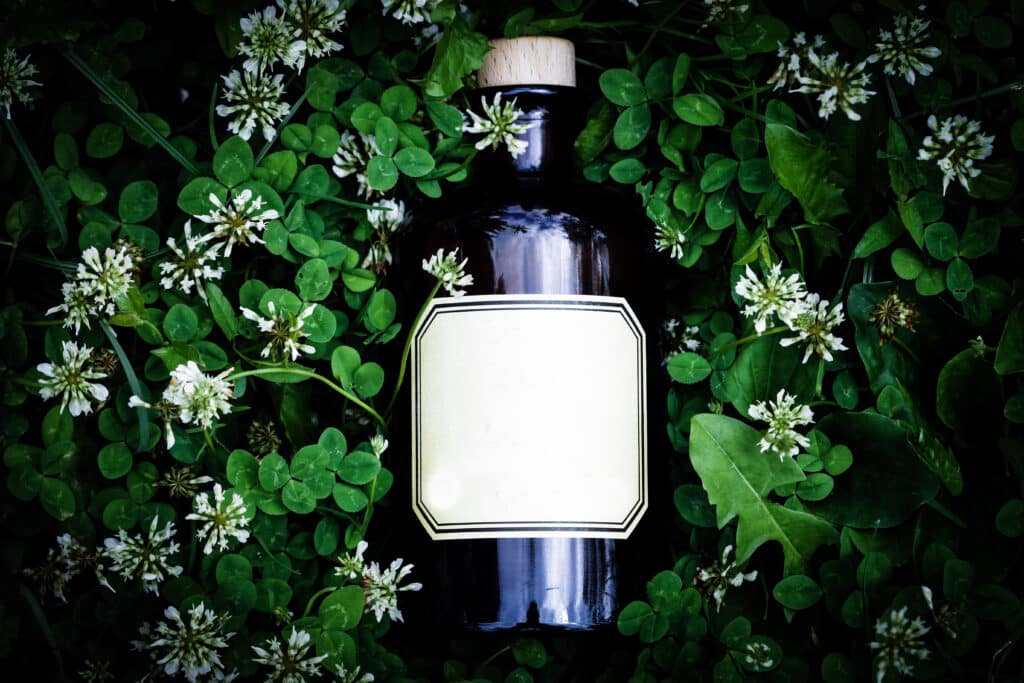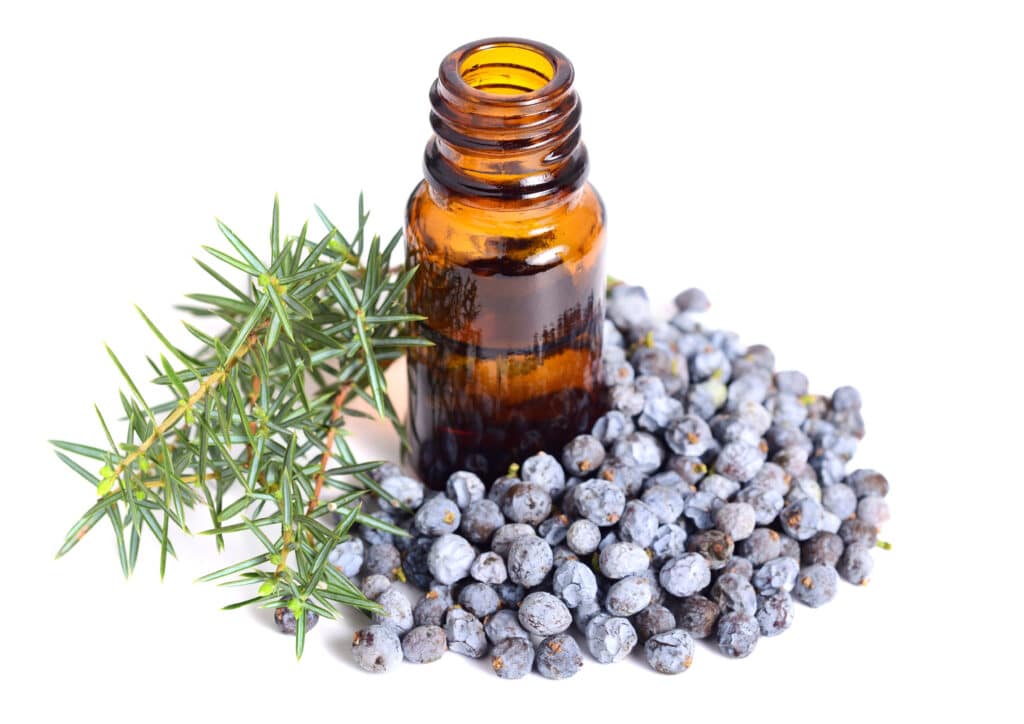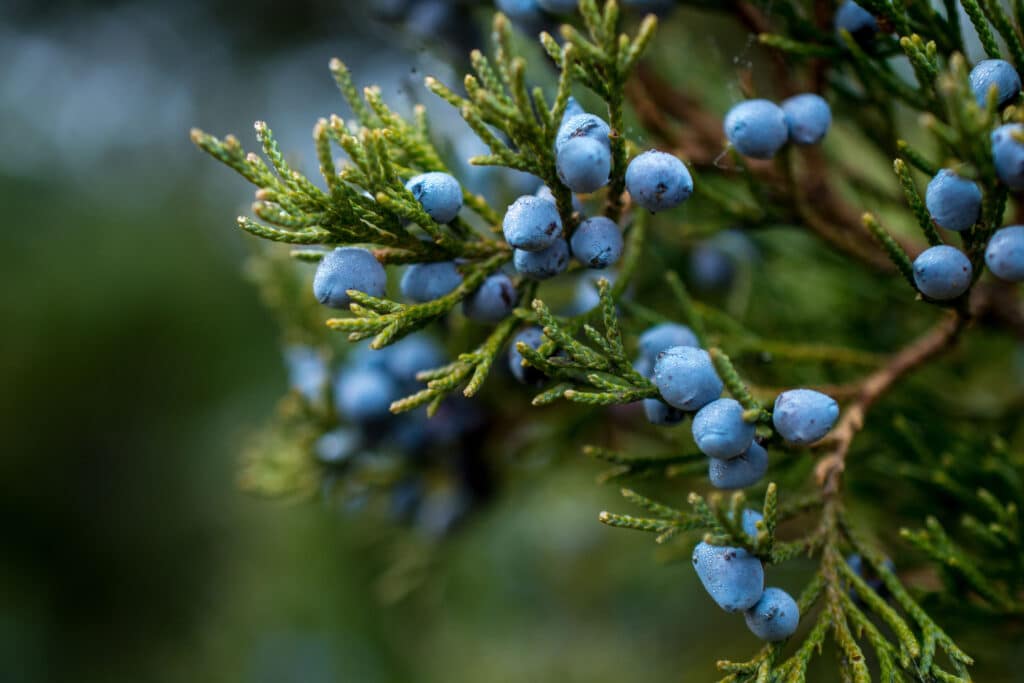An interesting tidbit about gin, is that it started as a medicine. Here’s the lowdown on the distilled spirit, and whether it has medical uses today.
History and jenever
One of the biggest realities of both the modern and ancient drug worlds, is that drinking alcohol has consistently been one of the biggest parts of it. Whether we’re talking wine, beer, or distilled spirits, alcohol is the most popular drug today, and overall through history. It’s the kind of thing where we all know what we want by a certain point too. Some go for whiskey on the rocks, some want a nice chardonnay, others prefer to crack open a beer.
Gin is one of the main spirits on today’s market, alongside vodka, whiskey, and rum. For some things, we have history that goes back thousands of years. For some things, we can guess that the history is pretty extensive, but records only tell us for sure back to a certain point. In terms of gin, it was first mentioned in the 13th century in the book Der Naturen Bloeme, as part of a recipe for jenever.
Jenever (also called Dutch gin and Holland gin), is essentially, old-school gin. Like the gin of today, its made from juniper; and is a traditional liquor of Belgium, Netherlands, Northwest Germany, and Northern France. Much like champagne, and balsamic vinegar, its a rather specific product; and technically, only products that meet Belgian standards, Netherlands standards, the standards of two German federal states, or one of two Northern French departments, can be called by this name.

Jenever, and gin, were originally made by distilling wine, and then adding herbs to improve the flavor; with juniper as a primary one, for its medical benefits. There are a bunch of variations of jenever with different stipulations of production in terms of the amount of malt wine and sugar used. It’s believed the term ‘dutch courage’ might be a reference to soldiers using jenever before war, as a means of loosening up for battle.
Gin’s popularity
Gin closer to its current form, was used as a medicine by the mid-17th century; for kidney problems, back issues called lumbago, gout, gallstones, and stomach problems. It had also been widely used during the black death, as a protecting agent against the illness. By the beginning of the 17th century, when re-distilling barley and malt wine came back into fashion, different varieties of gin came out.
In the 18th century, England began allowing unlimited production, and this skyrocked the popularity of gin. The allowance did come with alcohol taxes for imported products, though. From 1695–1735, low quality barley was often used, which led to a plethora of low-level gin shops popping up, creating the ‘gin craze.’ It’s generally low price encouraged it to be a prime drink among the poorer classes. Much like we saw with absinthe, gin raked in the blame for a number of social ills.
In 1736 the Gin Act passed, which slapped heavy taxes on the products, leading to riots. It was so unpopular, that by 1742, it was abolished. In its place came the Gin Act of 1751, which required distillers only sell to licensed retailers, all of which went under the watch of local magistrates. It actually became common around this time to add in turpentine for flavoring, alongside the juniper. And when quinine became popular for malaria, it was mixed with tonic, and gin, to create the gin & tonic.
Is gin a medicine?
There are some hard realities to alcohol, and one of them is that alcohol is supremely bad for human health. To the point that studies tend to indicate there isn’t really a safe amount; or a benefit to be gained. Of course, these studies came out well after gin, so did they miss something? Is all other alcohol bad, but gin works as a medicine?
No, of course not. Gin is an example of how good and bad can be mixed together. It’s not the alcohol in gin that’s beneficial after all, but the juniper berries that give it its medicinal benefits. So its not about gin, its about juniper. If you take juniper at the same time you smoke crack or shoot meth, you might still get a benefit from the juniper, but you’ll also get whatever ills come from the drugs.

Whenever you hear about an alcoholic beverage in the capacity of ‘healthy’ or ‘medicinal,’ what you’re actually hearing, is a testament to some herbal blend within. As alcohol is a good way of extracting plant compounds to form tinctures; its not shocking that a lot of medicinal products throughout history have contained alcohol. Tinctures made today, still do, although the alcohol is in relatively small amounts; and there are alternatives like glycerine.
The better answer for those who want a medicine, is to use the actual juniper plant, instead of gin or jenever. There are a lot of options for products; which involve different methods of extraction, or plant material itself. Its medicinal benefit has 0% to do with alcohol, except for the idea of extracting plant compounds. In fact, given that alcohol is generally bad for the body; those that consume(d) gin regularly, must deal with the alcohol damage, which in the long run erases any benefit of juniper.
This logic, does not stop the plethora of articles out there, from talking about all the reasons that gin is good for your health. These articles mention things like fewer wrinkles, fighting liver and kidney disease, increasing longevity, and help with diabetes. All of this, of course, is relevant to the berries; with little thought by the authors, as to the detriment of consistent alcohol consumption.
Some research touts that there is no safe limit for alcohol, and no benefit. Other sources indicate moderate drinking can be healthful. I go pretty hard on alcohol, but I actually agree with the second point. At least in terms of one specific thing, and how that one thing, affects other things: lowering stress and anxiety. So a healthful benefit can exist; although it does require drinking a poison to get the benefit, and not overdoing it. Consistently going beyond ‘moderation,’ is likely to nullify most any benefit.
With a tincture that uses small amounts of alcohol only, the medicinal elements are not overshadowed. Perhaps drinking a small amount of gin a day is fine as well. But when drinking gin regularly for intoxication (or anything close to that), there should be a much lowered expectation, of gaining positive benefits.
A little more on juniper
That gin was so popular as a medicine, is really just a testament to the power of the juniper plant. This is yet another story of natural medicine, and the benefits of plants. So what is this plant, that helped create one of the most popular alcoholic beverages worldwide, and which was used all throughout ancient history?

Juniper is a coniferous plant from the family Cupressaceae. Somewhere in the neighborhood of 50-67 species populate the Northern Hemisphere, Asia, and Central America. Though they don’t produce fruit or flowers, they do produce berry-like coalescing scales, that appear to be fruit; and which are referred to as berries. They can be red-brown, orange, or blue. These seeds, or berries, can be used as a spice, and are the basis for the medicinal value of the plant.
The use of juniper oil is noted all throughout history, going back to the Mesopotamians, who believed it could be used to protect against the evil eye. There is also a noted history with American Indians like the Navajo, who use(d) it for diabetes, and as a source of calcium. And, it has a history over toward England and Ireland, where it was used in folkloric tradition and Gaelic Polytheist saining rites; which were performed during holidays and such. Juniper oil is made by steam-distilling the berries of the tree.
The berries of the plant are used as a spice, and added to many dishes. And, of course, gin. Gin can be made with barley or wine from other sources, but it can also be made directly from the juniper plant. In this method, the berries are fermented with water to make a wine; which is further distilled. This concoction is known as juniper brandy, in Eastern Europe. Junniper was/is used medicinally, for all the things jenever and gin were used for, including as a way to ward off the black death. Beyond using the berries, the plant’s young twigs can also be boiled to make tea.
Aside from food and medicine purposes, juniper wood is very dense and resistant to rotting. Its used for fences and firewood, as well as a specialty wood for products like closets and drawers, under the name cedar or red cedar. This is not to be confused with actual cedar, which is an entirely different plant. Often when speaking of juniper and not cedar, its written as redcedar.
Conclusion
I guess if you’re going to get sloshed (or drink moderately), might as well do it on an alcohol that provides a benefit. Gin is not the only one, by the way, so if that’s your thing, you’ve got options. On the other hand, if what you want is something that’s specific to juniper’s medical benefits; you’re better off nixing the alcohol, and just using the plant.
Welcome drug aficionados; cool that you joined us at Cannadelics.com. We’re an independent publication in the drugs space, here to bring you the most interesting stories going on today. Come by regularly to get all relevant updates; and subscribe to our Cannadelics Weekly Newsletter; so you always know the top new stories.